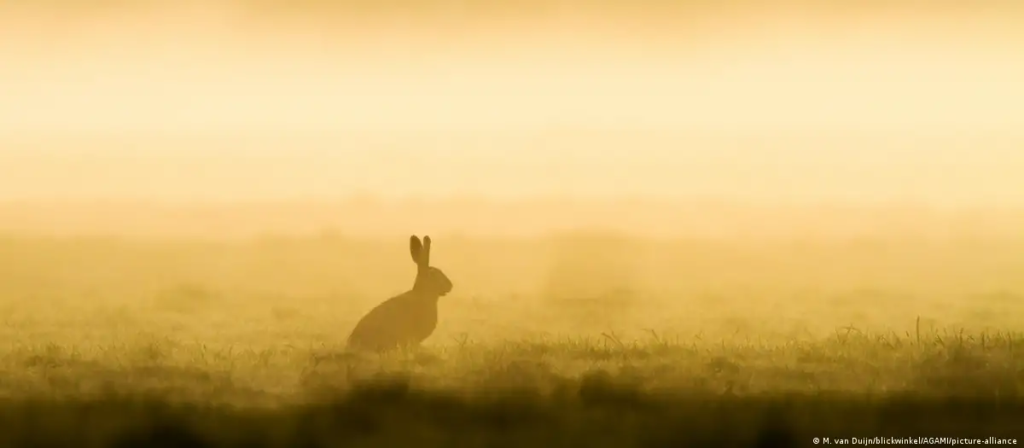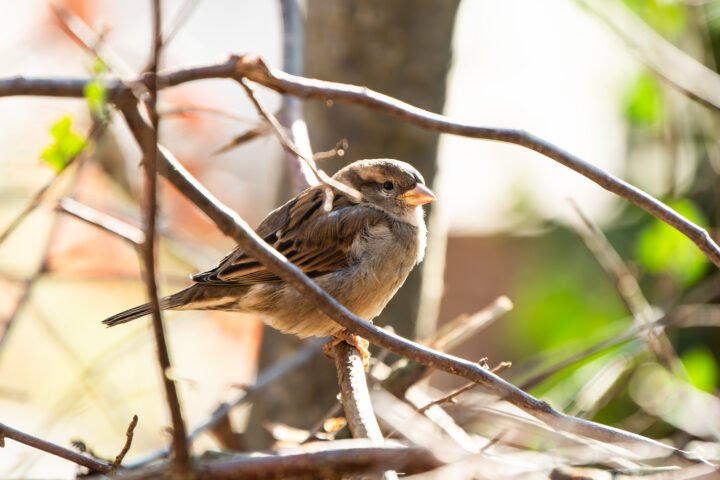Germany’s brown hare populations have declined massively since the 1980s. However, Germany’s hunting association has said population numbers increased last year, as dry weather allowed for more offspring.

Germany’s population of brown hares (Lepus europaeus) multiplied rapidly last year, the German Hunting Association (DJV) said in a press release on Monday.
In 2023, an average of 19 brown hares, also known as European hares, were recorded per square kilometer, which is an all-time high since record-keeping began two decades ago, the DJV said. In 2022, they counted an average of 16 per square kilometer.
Brown hares are widespread in Germany, with the highest density found in the northwest German lowlands,
and the lowest in the northeast German lowlands.
How are the hares counted?
Last year’s count was carried out in over 400 reference areas across Germany using a “spotlight” method, which was developed to enable a standardized recording of game populations, especially for the brown hare.
The animals are counted by hunters as part of wildlife monitoring in spring and fall.
According to the Bavarian Hunting Association, spotlight counts are carried out at night, as brown hares are mainly nocturnal. The counts are executed from an off-road vehicle, which is driven slowly to illuminate pre-defined areas.
A hand-held spotlight is used from the passenger side to illuminate the area. The hares are counted when their eyes reflect in the beam of light.
Why is the hare population increasing?
Spring is an important birthing season for brown hares, and the dry spring of 2023 provided optimal starting conditions for their offspring.
Hares are the original inhabitants of the steppes, benefiting in particular from a dry and warm climate. April and May are crucial months for young hares.
“When it’s dry and also still warm, then that’s ideal,” DJV spokesperson Torsten Reinwald told Germany’s dpa news agency. “You could say that the hare is a winner in climate change,” he added.
There are around 2 Million brown hares in Germany, according to the German Wildlife Foundation, an NGO.
However, the NGO said that stabilization of hare population numbers is a short-term phenomenon, and that the hare population is shrinking over the long term.
The foundation pointed out that large fields cleared for farming do not allow enough space for fallow land, flowering areas or hedges, in which hares hide from predators.
Source: Dw







